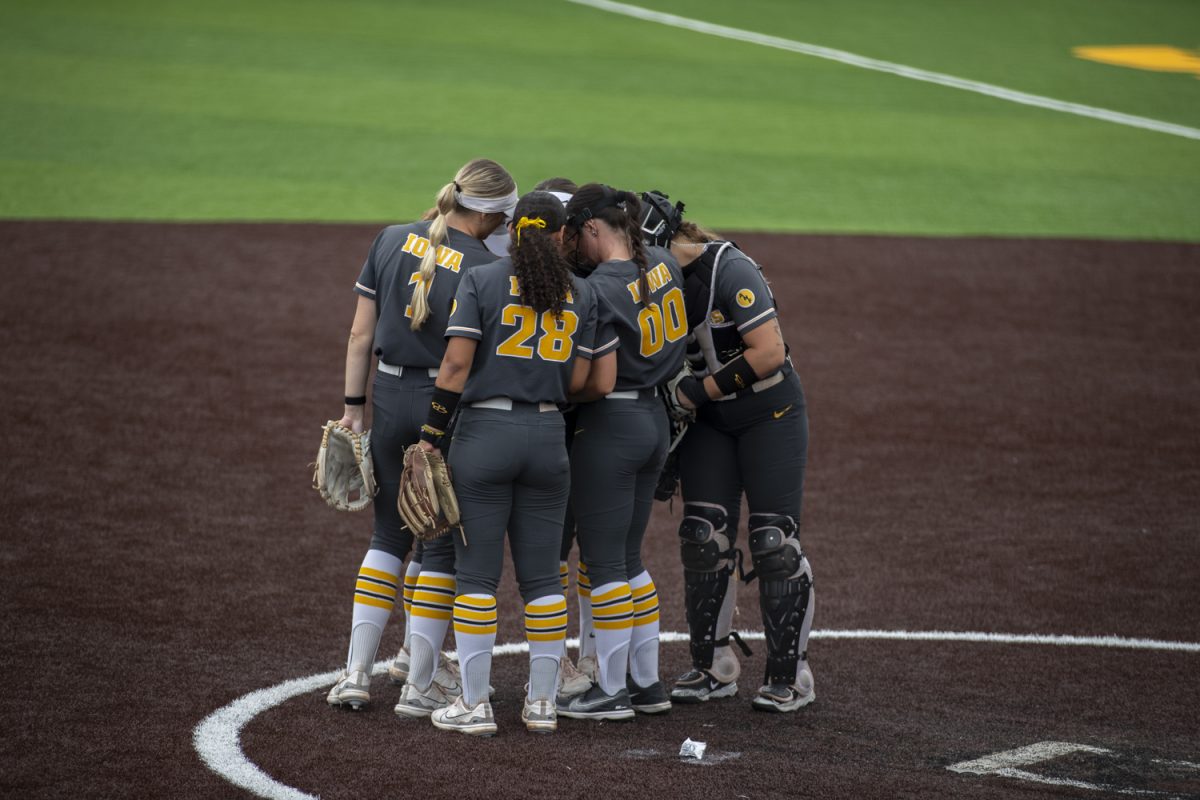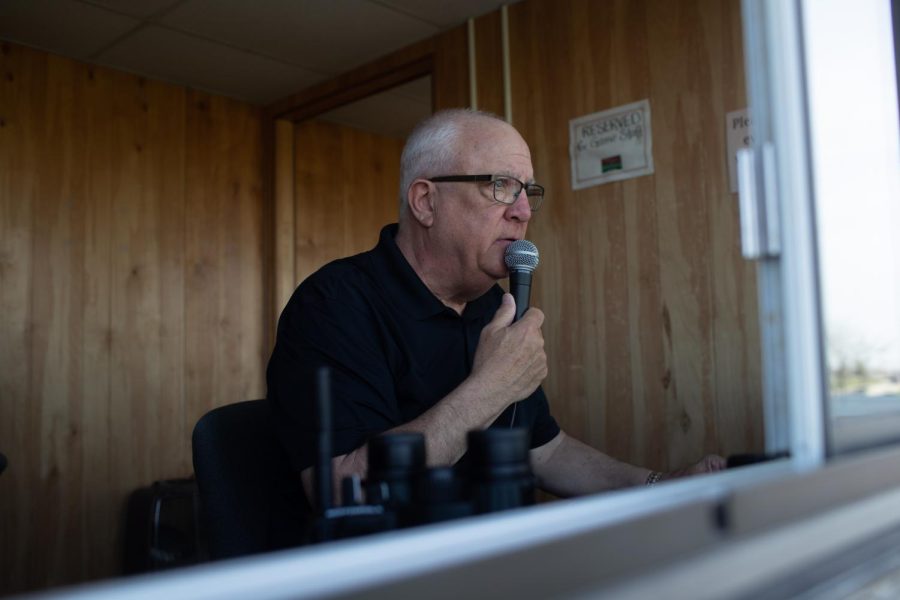The subjects computer science and psychology can be scary.
They feature codes, formulas and large words that confuse some of the smartest people you’ll find and if you don’t pay enough attention, it can seem like a completely different language.
It’s a good thing the University of Iowa Computer Science and Psychology departments developed some fun toys that can help translate it.
Both groups collaborated to create a pair of bicycle simulators that are used to study various aspects of child safety behavior in MacBride Hall.
"In order to understand what risks are involved with children and how to protect them, we need to know how their behavior differs from adults," University of Iowa Professor of Computer Science Joe Kearney said. "The immediate focus of the study is to zone in on those differences."
The simulator starts with the child subject riding the bike down a street for several blocks before coming to a stop sign in front of ongoing traffic. When the subject restarts the bike in an attempt to cross the street, their timing is measured in comparison to adult subjects.
Kearney said that this contraption is one of only a handful in the country and that it differs from most other simulators in terms of operation.
"Unlike most virtual experiences, this runs on self-initiated motion," Kearney said. "It’s your physical action that makes you travel in the virtual environment."
The information from the ride is obtained without the subject having to be hooked into a piece of equipment. The data is transmitted directly from the bike to a computer where the study is actually conducted.
"We analyze it afterwards by reliving each ride on the computer," Kearney said. "We’ll also create computer programs to identify where you were in the simulation and extract information out of it."
Ed Bryant, Civil Engineer for the Florida Department of Transportation, was in Iowa to participate in the RAGRBRAI bicycle event in Cedar Rapids on July 26. He said that though he’s had a lot of experience working with bicycle safety as well as studying various topics on the issue, he’s never seen something like this before.
"I’ve never been to Iowa before and I’ve always wondered if there was any emphasis that cycling is more than a recreational activity, especially with having such a nationally-known event like RAGBRAI" Bryant said. "But I’ve never seen anything quite like this."
The department is currently in the process of putting the finishing touches on a second bike simulator, due to be ready for operation next month.
The second bicycle will allow for riders on each bike to ride with one other, giving the department another variable for their study. Each participant would witness an avatar of their counterpart on the screen riding next to them during the experience.
"It’s going to be a real giant step forward for us," Kearney said. "It will have bigger screens and projectors and overall the technology with it is much more advanced."
University of Iowa Professor of Computer Science Jim Cremer said that once the dual riding experience becomes possible, more aspects of rider safety will be available to dissect.
"Like in an online multi-player game you’re controlling some version of yourself with team members but instead using a joystick, you’re using the bike," Cremer said. "We could see if people will turn their head to talk to someone their riding with and how it affects their behavior."
The original simulator is in its tenth year of operation, but Kearney feels that it works just as if it was brand new. He said that even with its age, it continues to serve its purpose of teaching people about riding safely.
"We’ve change a lot since it began becuase technology has obviously advanced over the past decade," Kearney said. "We just hope that what we learn will eventually reduce injuries among children."






